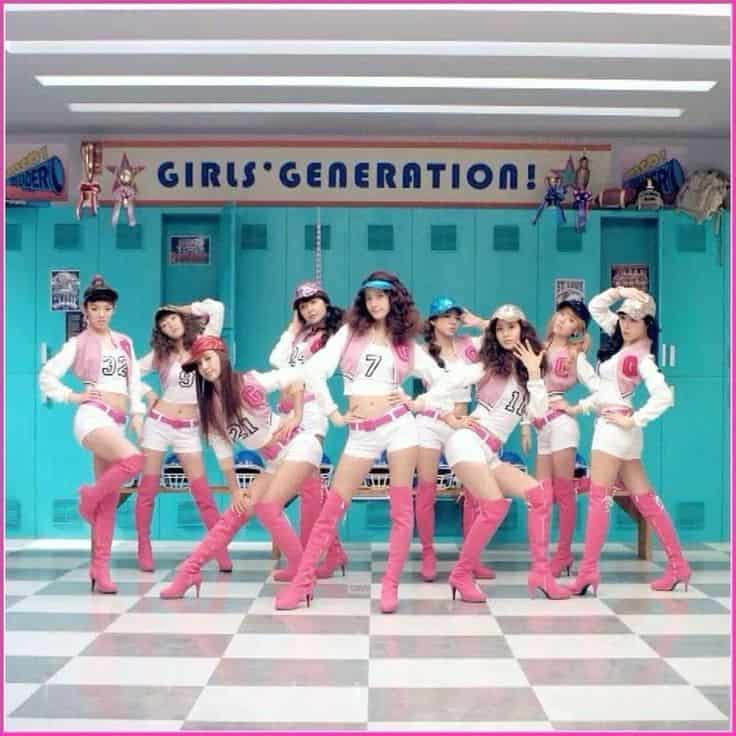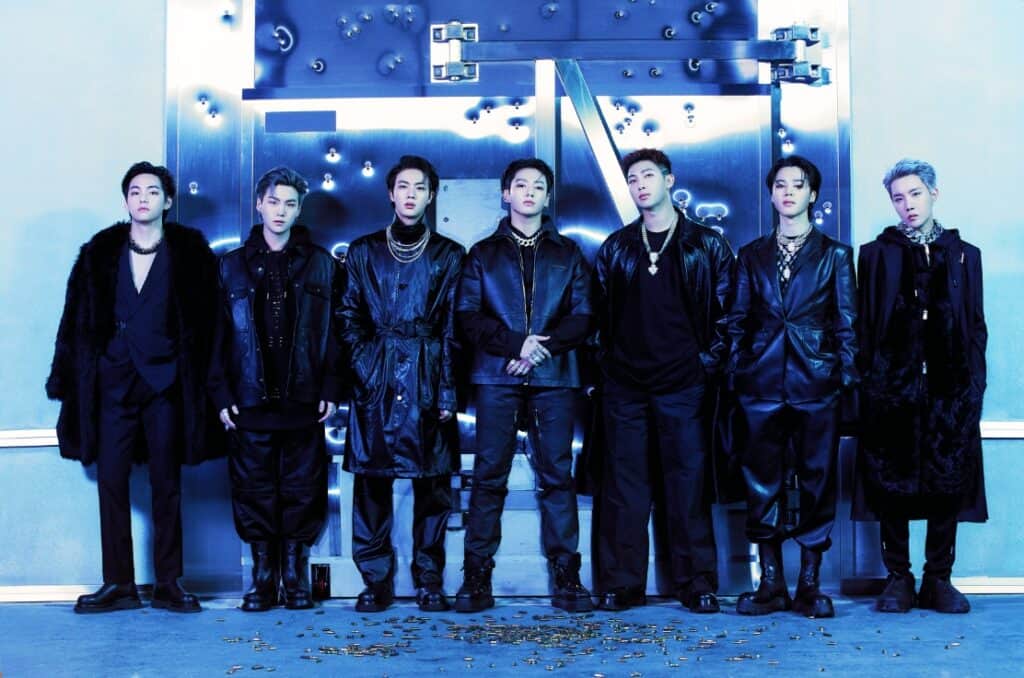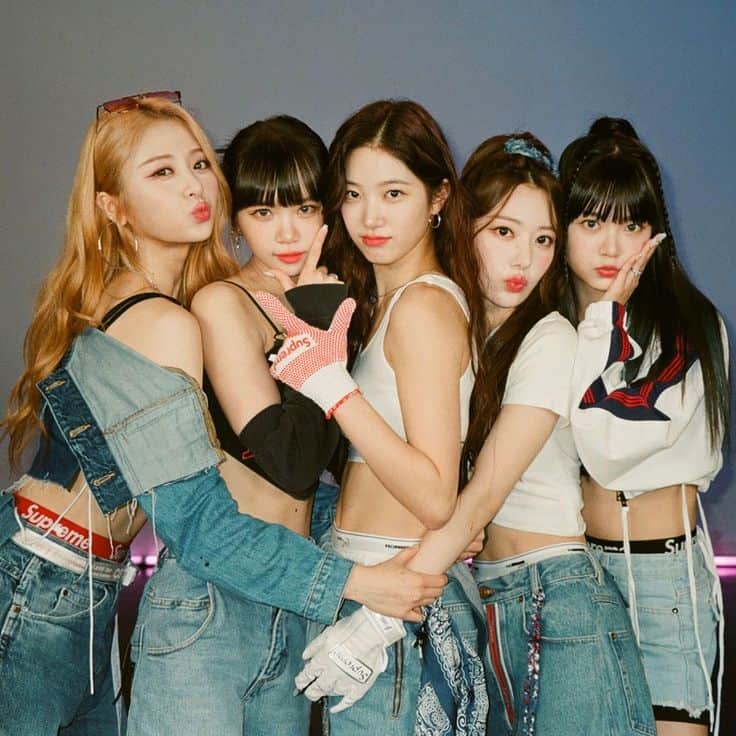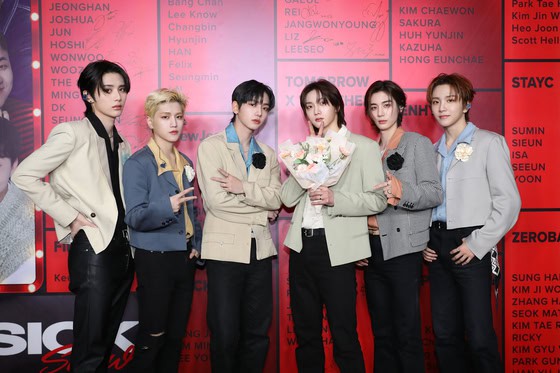South Korea’s cultural wave, ‘Hallyu’ has become one of the most powerful phenomena today. With K-pop artists topping international charts and selling out stadiums, K-pop has transformed from a domestic experiment to a global entertainment industry. But this success was not an overnight achievement. Starting from the 1990s, K-pop has gone through different ‘generations’, each having different sound, concepts, and visuals, that have shaped the industry that we know today.
FIRST GENERATION

The modern story of K-pop began with Seo Taiji and The Boys in 1992, with their fusion of western influences with Korean lyrics that resonated with the masses. Their fresh, rebellious sound and vibe changed the public’s perception towards Korean music and inspired other groups to experiment with new sounds. Some other idol groups that defined the first generation were groups like H..O.T, Shinhwa, Sechs Kies, Baby V.O.X, S.E.S, and solos like Rain, PSY, and BoA. These artists incorporated choreographies and experimented with different music genres, captivating the generation of Koreans who were discovering a new identity.
SECOND GENERATION

The next generation started with the new millennium, in 2004, with refined training programs for larger groups and innovative marketing strategies. This era gave rise to some of the most iconic artists who became the inspiration of upcoming generations as well. Some of the groups were TVXQ, Super Junior, BIGBANG, Wonder Girls, and SNSD. These artists pioneered large scale tours and shows as well as international promotions. SHINee, 2NE1, Miss A, 4Minute, SISTAR, f(x), Infinite, 2PM, T-ara,and IU were also some of the major acts that shaped the genre further with their performances.
THIRD GENERATION

This is the generation that transformed K-pop into what it is now. With the power of social media, K-pop became a global phenomena as the groups were now marketed to a larger audience. Some of the most influential groups in the history of Korean music belong to this generation. Some of them are EXO, BTS, BLACKPINK, TWICE, Mamamoo, Seventeen, GOT7, Red Velvet, Astro, MonstaX, Ikon, BtoB, BAP, GFriend, NCT. Cinematic music videos, storytelling, and complex concepts were embraced by these groups. Acts like BTS became historical in getting recognition on the global stage with their achievements and worldwide influence.
FOURTH GENERATION

The fourth generation brought forth innovative concepts and styles at a time when K-pop had already established itself as a global culture with big influence and consumers. The artists of this generation quickly grew popular despite the pandemic, as online engagement with fans and virtual performances pushed digital content forward.
Some of the dominant groups of this generation include (G)I-DLE, Stray Kids, TXT, ITZY, Aespa, IVE, LESSERAFIM, New Jeans, Enhypen, ATEEZ, Treasure, NMIXX, Kepler, Everglow and STAYC
FIFTH GENERATION

We are currently in the fifth generation of K-pop, which is still taking its shape. With the competition being tougher, the big K-pop labels are seen expanding even further into international markets. The newer groups are now focusing on standing out in an already global market with higher quality production, pre-debut marketing and authenticity. ZEROBASEONE, ILLIT, RIIZE, BABYMONSTER, BOYNEXTDOOR, Kiss of Life, Xikers, TWS are some of the fifth generation groups that are leading the new wave of K-pop.
From Seo Taiji And The Boys redefining Korean pop in the 1990s to the current rookie groups selling millions of albums worldwide, K-pop has come a long way. Every single generation had its own story to tell that shaped the industry into a cultural powerhouse that it is today.
Written by – Priyanjana Jha

About the Author –
Priyanjana is a post graduate in Global Studies, with a research background in feminism and cultural studies. Her interests lie in exploring themes related to cross-cultural relations, history and gender identities, with a particular passion for Korean culture and society. She is actively learning the Korean language and sees writing as a way to bridge cultural gaps in the world, and share her stories with others. In her free time, she loves to watch K-dramas and make K-pop dance covers.
